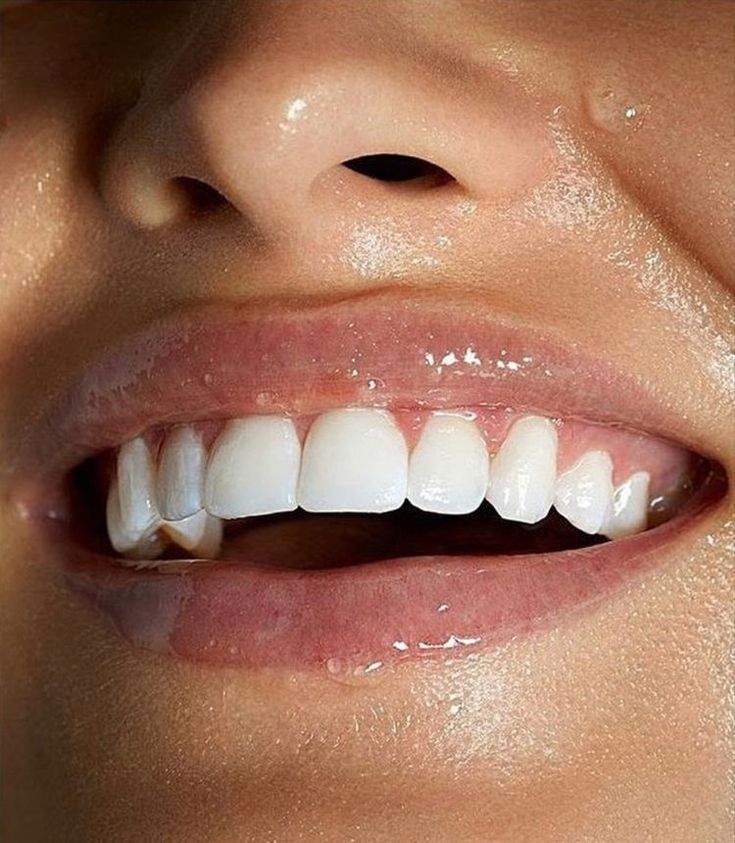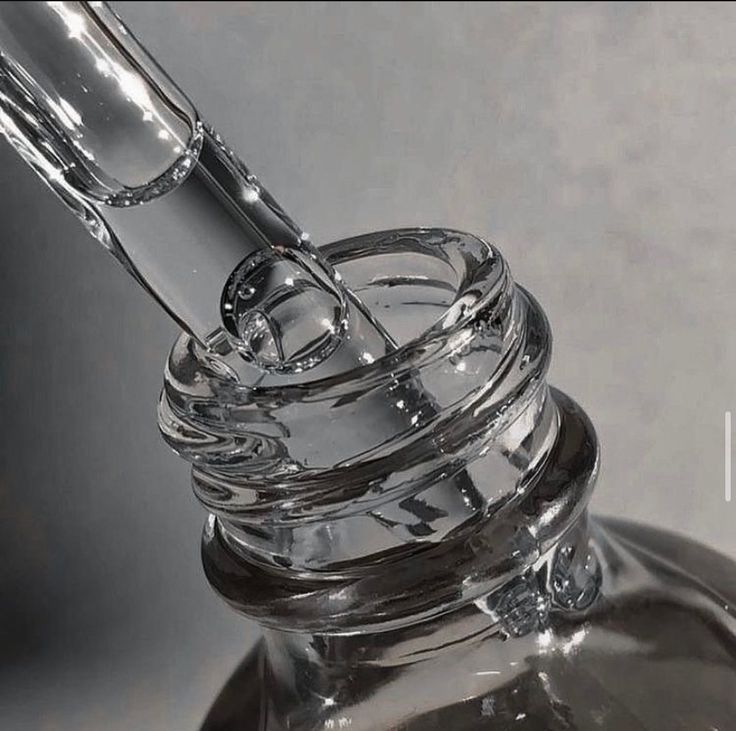
Introduction
If you’ve been struggling to find a skincare routine that actually works, a skin cycling routine might be the game-changer you need. This method, designed to optimize your skin’s renewal process, balances active ingredients with recovery nights—helping you achieve a healthier, more radiant complexion without irritation. I’ve personally tested this approach, and in this post, I’ll break down how it works, the best products to use, and my own experience with skin cycling. Let’s dive in!
Table of Contents
What Is Skin Cycling and Why Does It Work?
When I first heard about the skin cycling routine, I was intrigued. As someone who loves skincare but has definitely gone overboard with exfoliation in the past, I knew I needed a structured way to balance my routine. Skin cycling is exactly that—a simple, dermatologist-approved method that gives your skin time to heal while still getting all the benefits of active ingredients like exfoliants and retinol.
So, what exactly is skin cycling, and why does it work so well?
The Basics of Skin Cycling
Skin cycling is a four-night skincare routine that alternates between active ingredients and recovery nights. Instead of using harsh products every day, you follow this structured cycle:
- Night 1: Exfoliation – Preps the skin by removing dead cells so that your other skincare products absorb better.
- Night 2: Retinol Application – Boosts collagen, reduces fine lines, and improves skin texture.
- Nights 3 & 4: Recovery & Hydration – Allows the skin to rest, repair, and strengthen its barrier.
Then, you repeat the cycle! The beauty of skin cycling is that it simplifies your routine while preventing irritation, making it perfect for beginners or anyone struggling with sensitive skin.
Why Does Skin Cycling Work?
The biggest reason skin cycling works is balance. Overloading your skin with too many active ingredients can cause irritation, dryness, and even breakouts. By giving your skin rest days, you allow it to heal and strengthen. Here’s why this method is so effective:
- Prevents Over-Exfoliation: Too much exfoliation weakens the skin barrier, leading to sensitivity and redness. Skin cycling ensures you exfoliate just enough.
- Maximizes Retinol Benefits: Retinol is a powerhouse ingredient, but using it too often can cause peeling. Skin cycling allows your skin to adjust and build tolerance.
- Strengthens the Skin Barrier: Hydration and recovery nights replenish moisture and keep your skin healthy.
- Works for All Skin Types: Whether you have oily, dry, or sensitive skin, you can customize your cycle by adjusting product strength.
What the Experts Say
The skin cycling routine isn’t just a social media trend—it’s backed by dermatologists. Dr. Whitney Bowe, a board-certified dermatologist, popularized the term and emphasizes that this method helps “support long-term skin health while still allowing you to use powerful actives effectively.” (Source: Dr. Whitney Bowe)
If you’ve ever struggled with irritation from using too many skincare products, skin cycling might be the perfect solution. When I started following this routine, I noticed that my skin became more balanced, hydrated, and resilient—without the dreaded redness or peeling. And the best part? It’s easy to follow and doesn’t require a complicated 10-step routine.
Step-by-Step Breakdown of the Skin Cycling Routine
When I first started following a skin cycling routine, I was amazed at how much better my skin felt—less irritation, more glow, and a more balanced complexion. The beauty of this method is its simplicity. Instead of layering a bunch of harsh products every night, skin cycling follows a structured four-night cycle that allows your skin to reset and rebuild. Here’s how it works:
Night 1: Exfoliation – Prepping the Skin
The first night of skin cycling is all about exfoliation. This step helps remove dead skin cells, unclog pores, and create the perfect canvas for the rest of the routine.
✅ What to Use:
- A gentle chemical exfoliant like Paula’s Choice 2% BHA Liquid Exfoliant
- A glycolic acid toner like The Ordinary Glycolic Acid 7% Exfoliating Toning Solution
💡 Pro Tip: Avoid harsh physical scrubs, as they can cause microtears in the skin. A gentle chemical exfoliant works best.
Night 2: Retinol – The Anti-Aging Powerhouse
Retinol is one of my favorite skincare ingredients, but it can be tricky to use. That’s why I love how the skin cycling routine builds in recovery nights to prevent irritation.
✅ What to Use:
- A beginner-friendly retinol like Olay Regenerist Retinol 24 Night Moisturizer
- A more potent option like CeraVe Resurfacing Retinol Serum if your skin is already used to retinoids.
💡 Pro Tip: If you’re new to retinol, start with a pea-sized amount and avoid the eye area. Always apply moisturizer afterward to prevent dryness.
Nights 3 & 4: Recovery & Hydration – Let Your Skin Reset
This is the step I used to neglect the most, but it turns out that hydration and recovery are just as important as active ingredients. These two nights are all about strengthening the skin barrier with gentle, nourishing products.
✅ What to Use:
- A hydrating serum like Neutrogena Hydro Boost Hyaluronic Acid Serum
- A soothing moisturizer like La Roche-Posay Toleriane Double Repair Face Moisturizer
- A face oil like Biossance 100% Squalane Oil if your skin needs extra nourishment.
💡 Pro Tip: On recovery nights, avoid active ingredients like acids or retinol. Stick to hydrating and barrier-strengthening products only.
Repeating the Cycle: Adjusting for Your Skin
One of the best things about skin cycling is that it’s flexible. If your skin is sensitive, you can add an extra recovery night before restarting the cycle. If your skin is more resilient, you can tweak your exfoliation and retinol choices based on how your skin reacts.
Since following this routine, my skin has become smoother, more hydrated, and less prone to breakouts. I no longer feel like I’m overloading my skin with too many products, and my results have been more consistent. If you’re looking for an easy, effective, and dermatologist-approved routine, skin cycling is definitely worth trying!
Choosing the Right Products for Your Skin Type
When I first started following a skin cycling routine, I quickly realized that the products I used made all the difference. Choosing the right exfoliants, retinol, and recovery products based on your skin type can determine whether your skin thrives or reacts negatively. If you’re unsure where to start, here’s a breakdown of the best product types for different skin types, along with some tried-and-true recommendations.
Oily & Acne-Prone Skin: Keep It Lightweight and Non-Comedogenic
If you have oily or acne-prone skin, you’ll want products that keep your pores clear without over-drying your skin. A gentle approach is best to avoid triggering excess oil production or breakouts.
✅ Best Picks:
- Exfoliation Night: Salicylic acid-based exfoliants like Paula’s Choice Skin Perfecting 2% BHA Liquid Exfoliant
- Retinol Night: A lightweight, non-comedogenic serum like CeraVe Resurfacing Retinol Serum
- Recovery Nights: Oil-free hydrators like Neutrogena Hydro Boost Water Gel
💡 Pro Tip: If you’re acne-prone, avoid rich, heavy creams on recovery nights—opt for lightweight, hydrating serums instead.
Dry & Dehydrated Skin: Focus on Hydration and Barrier Repair
For dry or dehydrated skin, choosing nourishing products is key. Since exfoliation and retinol can be drying, recovery nights should be focused on deep hydration and strengthening the skin barrier.
✅ Best Picks:
- Exfoliation Night: Lactic acid-based exfoliants like Paonn Lactic Acid 10% + HA for gentle exfoliation.
- Retinol Night: A moisture-rich formula like Olay Regenerist Retinol 24 Night Moisturizer
- Recovery Nights: A barrier-repairing cream like La Roche-Posay Toleriane Double Repair Face Moisturizer
💡 Pro Tip: If your skin is extra sensitive to retinol, mix a little moisturizer with it to buffer the intensity.
Combination Skin: Balance Hydration Without Clogging Pores
Combination skin can be tricky—you need products that hydrate dry areas while keeping oily zones balanced. The right skin cycling routine can help regulate oil production and improve hydration levels.
✅ Best Picks:
- Exfoliation Night: Glycolic acid-based exfoliants like The Ordinary Glycolic Acid 7% Toning Solution
- Retinol Night: A gentle retinol serum like Versed Press Restart Gentle Retinol Serum
- Recovery Nights: A lightweight, balanced moisturizer like Belif The True Cream Aqua Bomb
💡 Pro Tip: Use an oil-free moisturizer on oily areas and a richer cream on dry patches for customized hydration.
Sensitive Skin: Gentle Ingredients to Avoid Irritation
If your skin tends to react to new products, you’ll want to approach skin cycling with extra caution. Look for fragrance-free, hypoallergenic products that focus on calming and hydrating the skin.
✅ Best Picks:
- Exfoliation Night: A very mild PHA exfoliant like Glow Recipe Watermelon Glow PHA + BHA Pore-Tight Toner
- Retinol Night: A low-strength, soothing formula like Avene RetrinAL 0.1 Intensive Cream
- Recovery Nights: A soothing cream like First Aid Beauty Ultra Repair Cream
💡 Pro Tip: If retinol irritates your skin, apply it over a layer of moisturizer to reduce sensitivity.
Final Thoughts on Choosing the Right Products
Picking the right skin cycling routine products for your skin type ensures that you get the best results without irritation. The key is listening to your skin and adjusting based on how it reacts. Whether you have oily, dry, combination, or sensitive skin, there’s a perfect product combination to help you achieve that healthy, glowing complexion!
Common Mistakes to Avoid in Skin Cycling
When I first started following a skin cycling routine, I was excited to see glowing, healthier skin. But along the way, I made a few mistakes that slowed down my progress. If you’re new to skin cycling, or even if you’ve been doing it for a while, avoiding these common missteps will help you get the best results without irritation or setbacks.
1. Over-Exfoliating and Damaging the Skin Barrier
One of the biggest mistakes I made was thinking “more is better” when it came to exfoliation. I used strong acids too frequently, which led to irritation, redness, and even peeling.
✅ What to Do Instead:
- Stick to exfoliating only on Night 1—don’t add extra exfoliation throughout the week.
- Choose the right exfoliant for your skin type. Sensitive skin? Go for polyhydroxy acids (PHAs). Oily skin? Salicylic acid is your best friend.
- If your skin feels tight, dry, or irritated, scale back on exfoliation and focus on hydration.
2. Using the Wrong Strength of Retinol Too Quickly
I remember being so eager to see results that I started with a high-strength retinol—big mistake. My skin peeled, felt raw, and looked worse before it got better.
✅ What to Do Instead:
- Start low and slow. If you’re new to retinol, go for 0.2% or 0.3% retinol and work your way up.
- Apply a pea-sized amount—more doesn’t mean better results, just more irritation!
- If your skin feels tight or uncomfortable, buffer your retinol with a layer of moisturizer before applying it.
3. Skipping Recovery Nights (Moisturizing Isn’t Optional!)
I used to think that if my skin wasn’t feeling dry, I didn’t need recovery nights. But skipping these crucial nights can leave your skin overworked, irritated, and unable to heal properly.
✅ What to Do Instead:
- Never skip your recovery nights! Your skin needs time to restore its moisture barrier.
- Use products with ceramides, hyaluronic acid, and niacinamide to repair and hydrate.
- If your skin feels extra dry or tight, consider adding a hydrating face mask or facial oil.
4. Ignoring Sunscreen (A Must Every Morning!)
This was one mistake I couldn’t afford to keep making. Using exfoliants and retinol makes your skin more sensitive to the sun, so skipping SPF can lead to burns, hyperpigmentation, and premature aging.
✅ What to Do Instead:
- Use broad-spectrum SPF 30 or higher every single morning—even if it’s cloudy!
- Choose a lightweight, non-greasy sunscreen like EltaMD UV Clear Broad-Spectrum SPF 46
- Reapply throughout the day, especially if you’re outdoors.
5. Not Listening to Your Skin and Adjusting Accordingly
The truth is, not everyone’s skin reacts the same way to skin cycling. When I first started, I had to tweak the routine based on how my skin responded.
✅ What to Do Instead:
- If your skin feels too dry or irritated, add an extra recovery night before restarting the cycle.
- If you’re breaking out, your exfoliant or retinol may be too strong—switch to a gentler formula.
- Pay attention to what your skin is telling you—skin cycling is a guide, not a strict rulebook.
Final Thoughts on Avoiding Skin Cycling Mistakes
Making these small adjustments completely transformed my skin cycling routine. Now, I get the benefits of exfoliation and retinol without the irritation. If you’re struggling, don’t be afraid to tweak the process and give your skin the patience and care it deserves!
My Personal Experience with Skin Cycling
When I first heard about the skin cycling routine, I was skeptical. I had tried so many skincare trends before—some worked, others left my skin irritated and worse off than before. But after struggling with dullness, occasional breakouts, and sensitivity, I decided to give skin cycling a real shot. Spoiler alert: it changed my skin for the better.
The First Two Weeks: My Skin’s Initial Reaction
The first thing I noticed when I started skin cycling was how much more intentional my routine became. I wasn’t layering too many active ingredients at once, and my skin finally had time to breathe and recover.
However, the first week wasn’t perfect. On exfoliation night, my skin tingled more than I expected, and after retinol night, I woke up with slight dryness. But by the second week, my skin started adjusting, and I noticed fewer breakouts and smoother texture.
One Month In: The Glow-Up Begins
By the end of the first month, my skin had a noticeable glow. It wasn’t an overnight miracle, but I could see the difference:
✅ Smoother texture – The tiny bumps on my forehead had faded.
✅ Fewer breakouts – My skin was clearer, with fewer clogged pores.
✅ More hydration – My face no longer felt tight or dry in the mornings.
One of my biggest takeaways? Less is more. Instead of using multiple actives every night, I followed the cycle and let my skin repair itself. Hydration nights became my favorite—I finally understood the importance of giving my skin a break!
Three Months Later: My Skin at Its Best
Fast forward to three months, and my skin felt the most balanced it had in years.
🔹 No more dry patches – My moisture barrier was stronger.
🔹 Fewer fine lines – Thanks to the retinol doing its magic.
🔹 More even tone – The occasional redness and dullness were gone.
The biggest surprise? I didn’t need as many products as I thought. I found my go-to exfoliant, a gentle retinol, and a deeply hydrating moisturizer, and that was enough. Plus, I stuck to daily SPF, which made a huge difference in maintaining my results.
Final Thoughts: Is Skin Cycling Worth It?
Looking back, I wish I had tried skin cycling sooner. It helped me get clearer, smoother, and healthier skin without overloading my face with too many products. If you’ve been struggling with irritation, breakouts, or dull skin, I highly recommend giving it a try.
My biggest advice? Be patient and listen to your skin. Skin cycling isn’t a one-size-fits-all approach, so tweak it as needed and enjoy the process. Your skin will thank you!
Conclusion
After months of following a skin cycling routine, I can confidently say it has transformed the way I approach skincare. Instead of overwhelming my skin with too many active ingredients at once, I’ve learned the power of balance, recovery, and consistency.
By following a structured cycle—exfoliation, retinol, recovery, and hydration—I’ve seen my skin become clearer, smoother, and more resilient. The best part? It’s easy to customize based on your skin’s needs, making it a great option for anyone looking to simplify their routine while getting maximum results.
If you’re tired of irritation, breakouts, or dull skin, I highly recommend giving skin cycling a try. Start slow, stay consistent, and don’t forget SPF during the day—your skin will thank you!
Let me know if you try this routine or if you have any questions! I’d love to hear about your experience.



